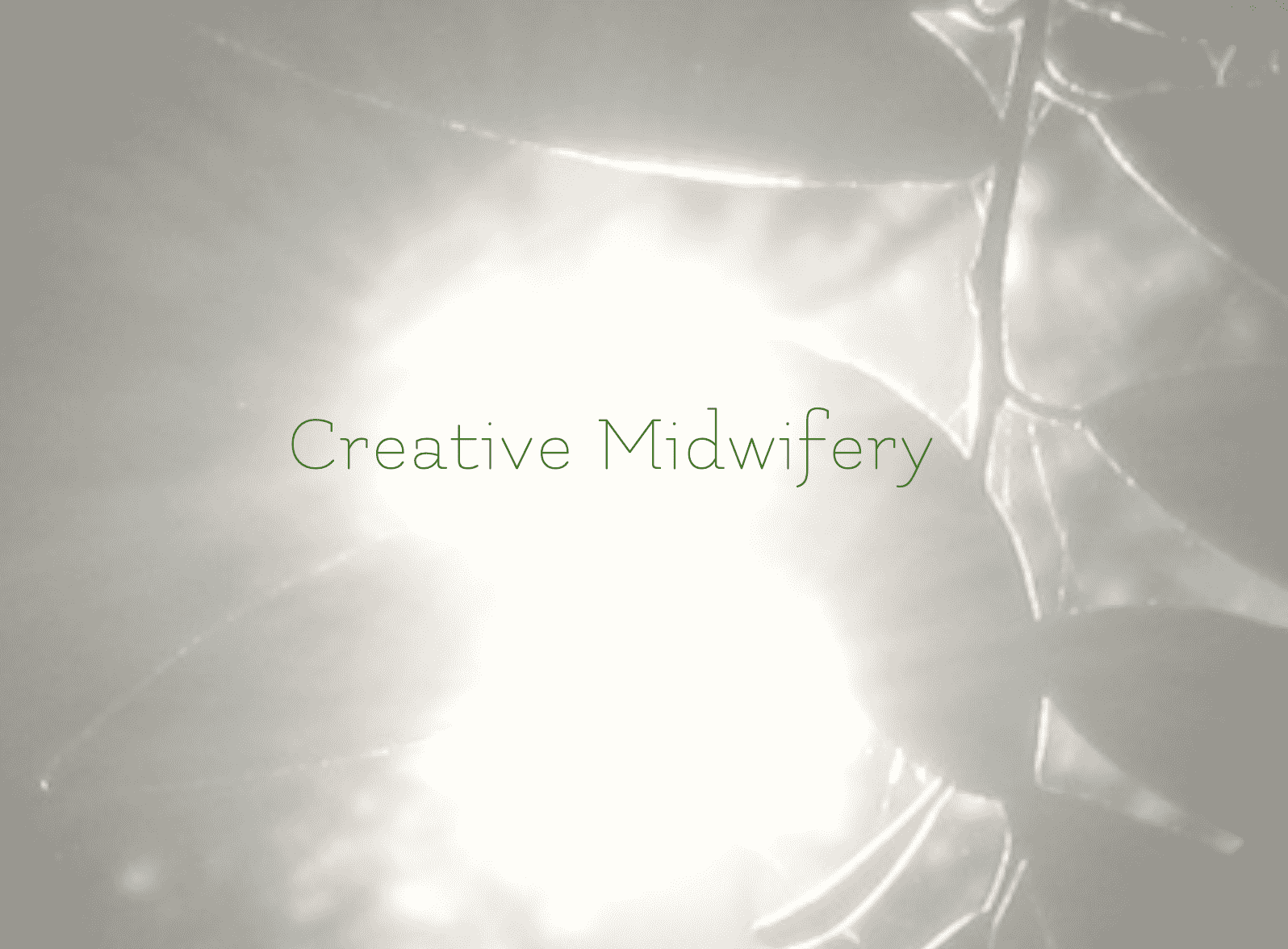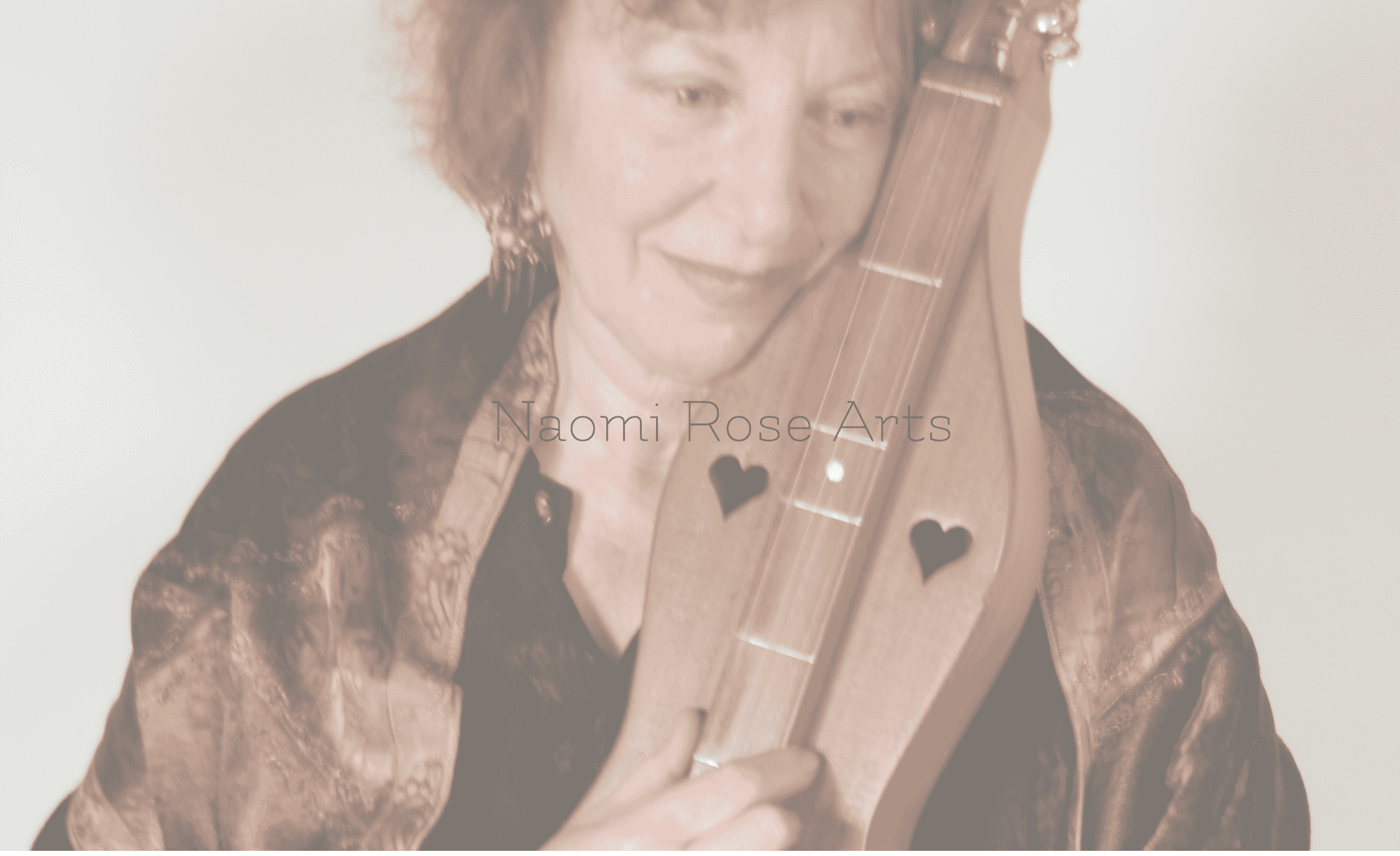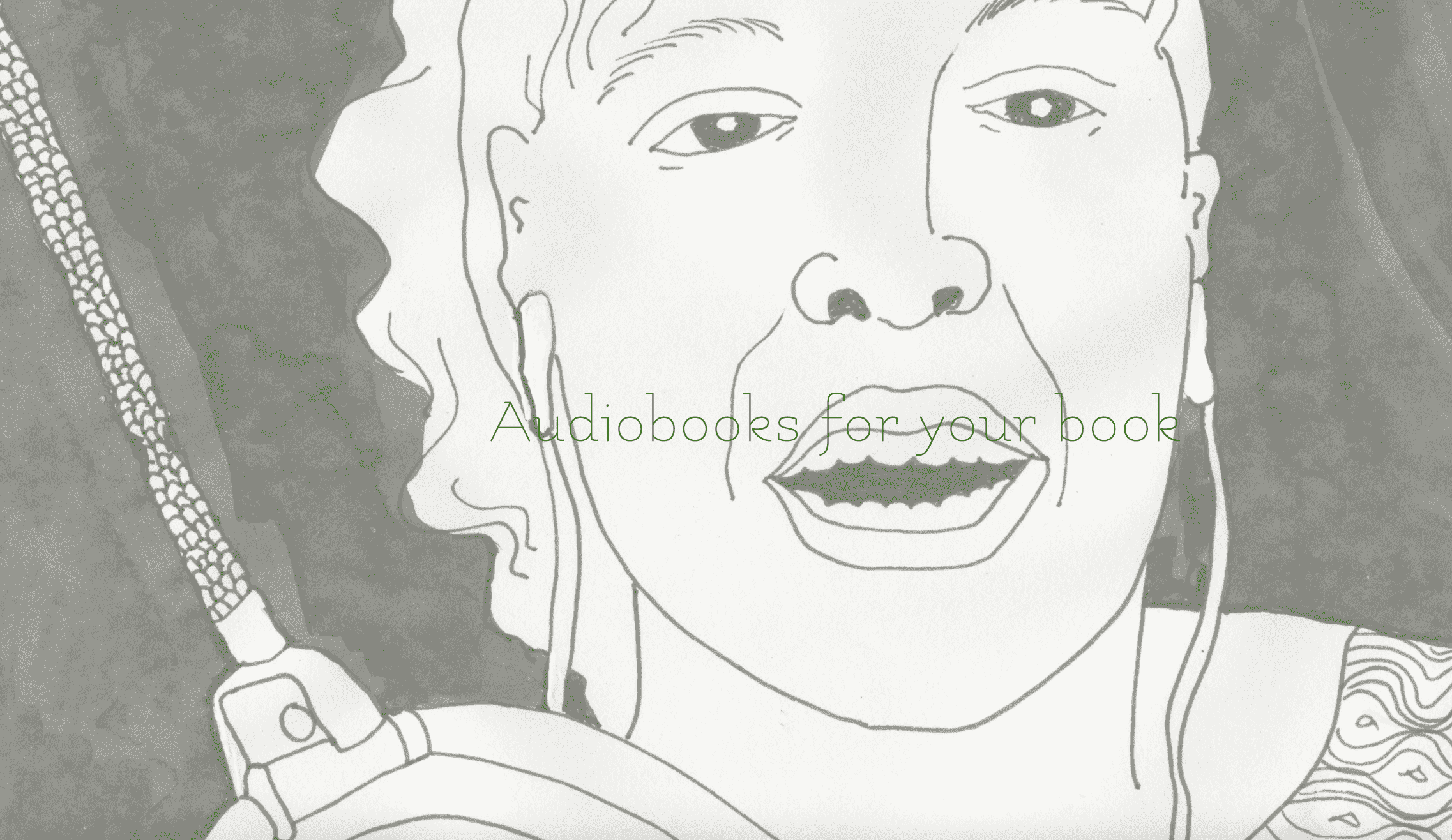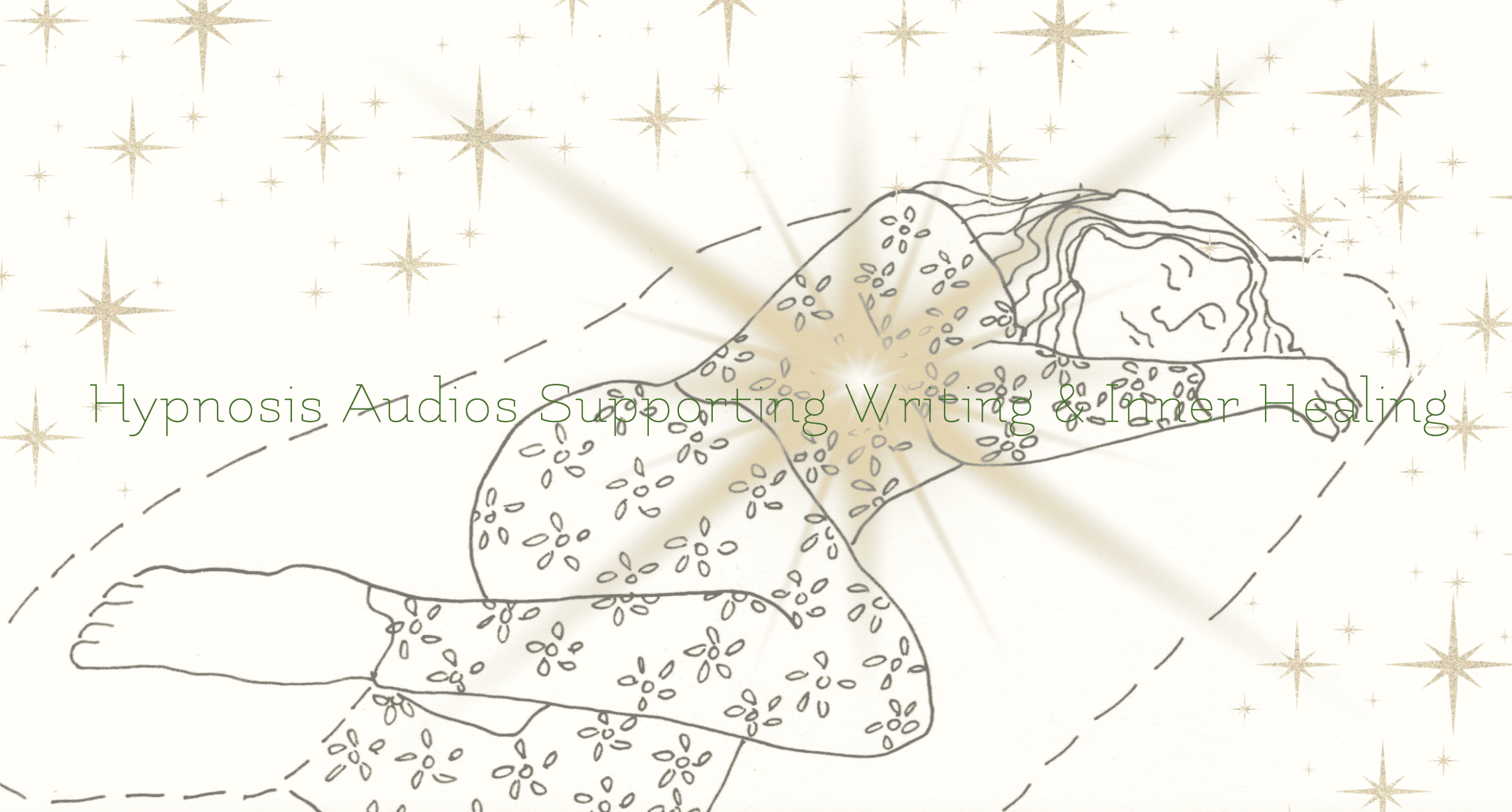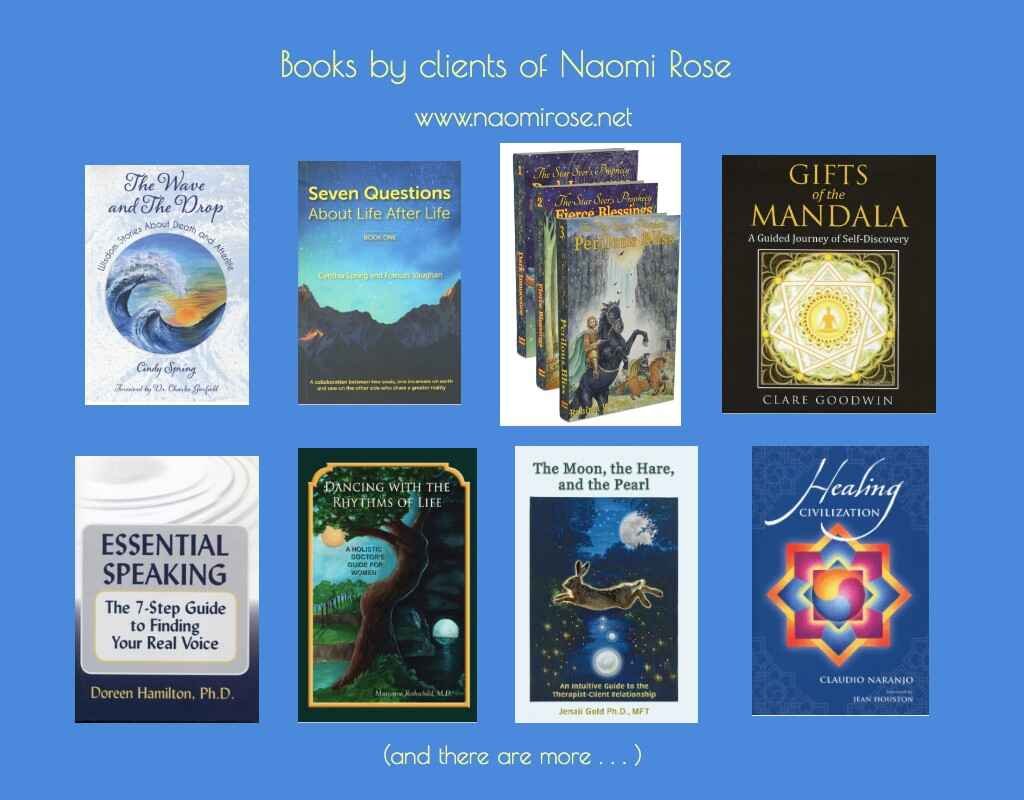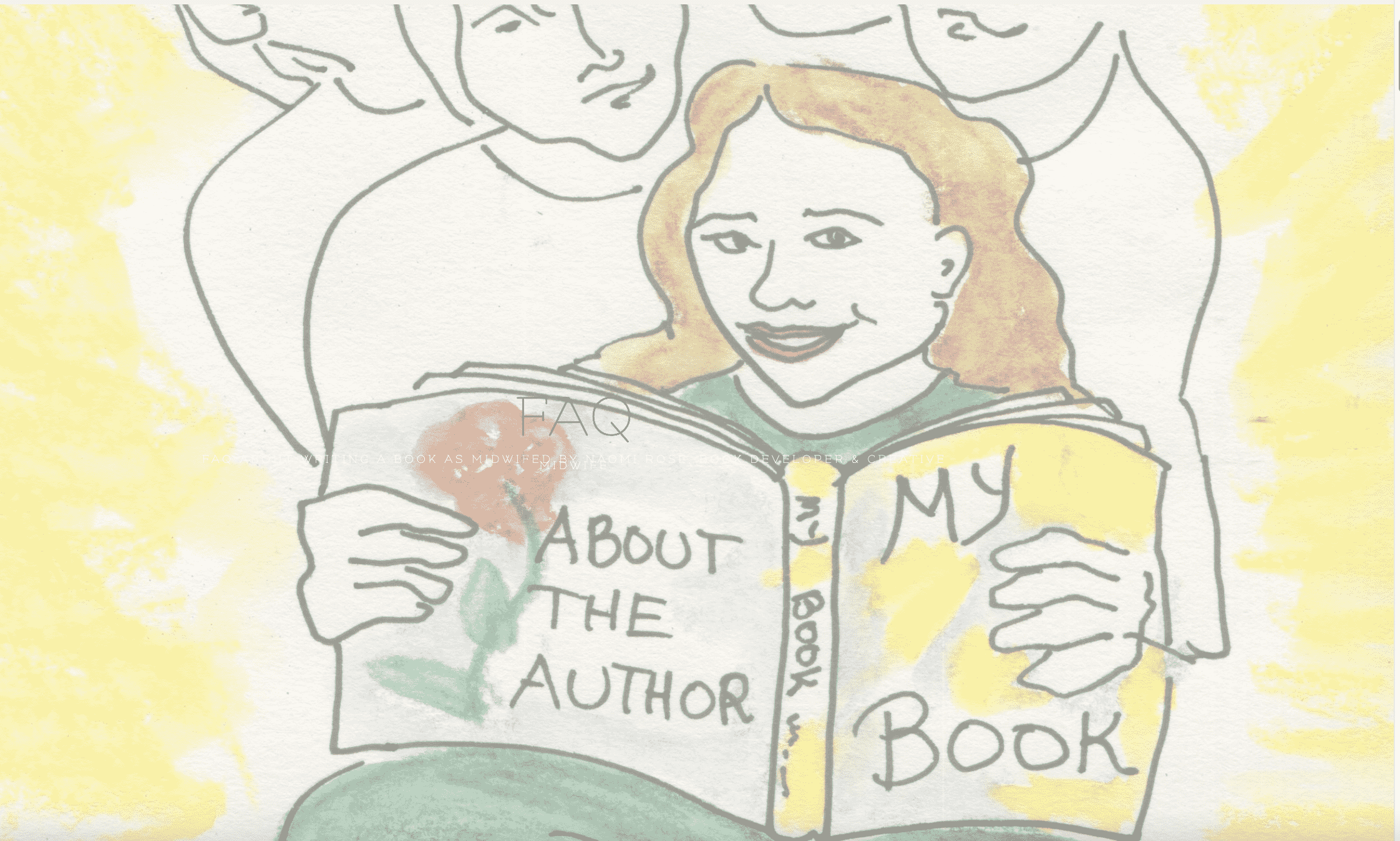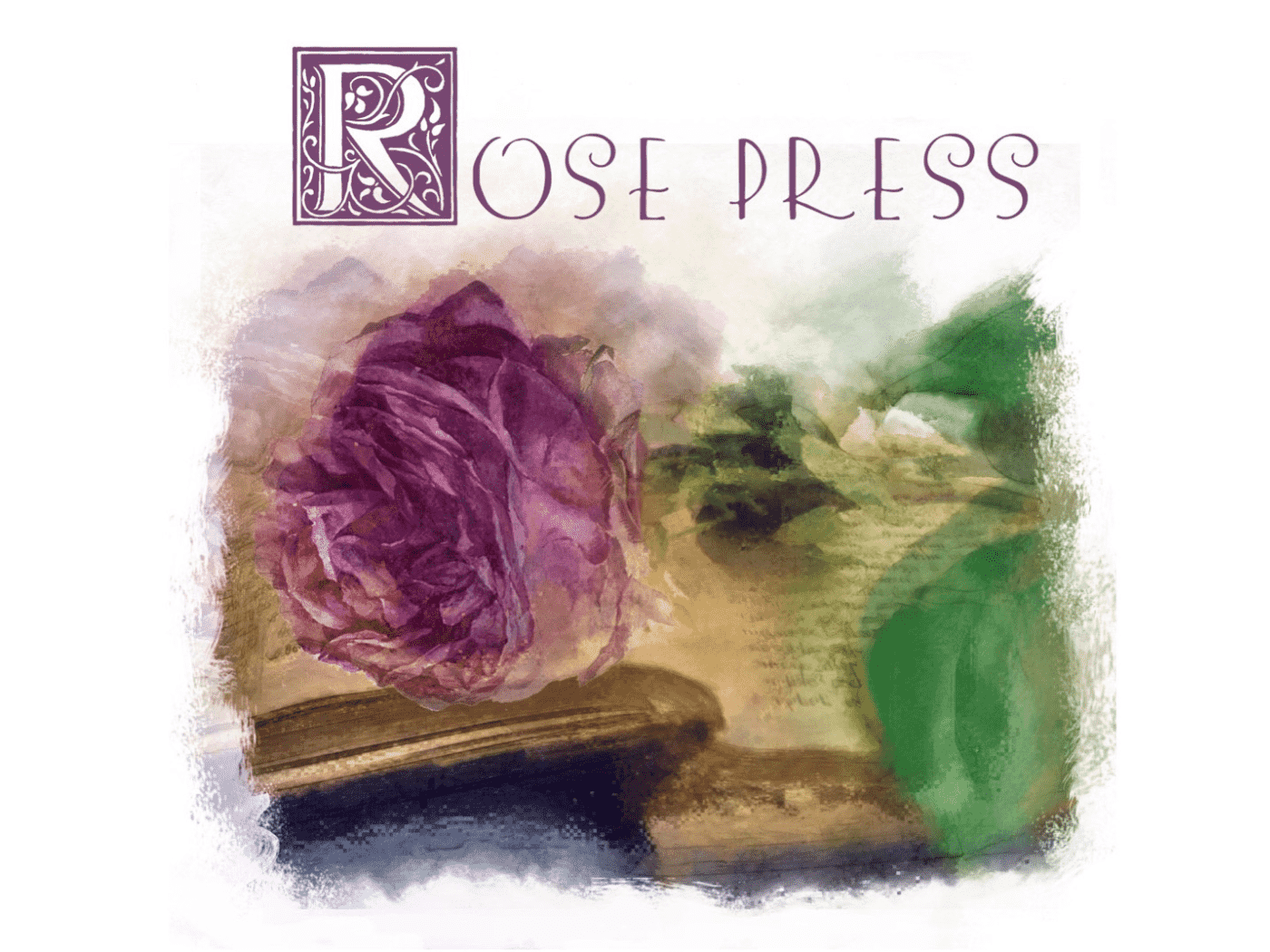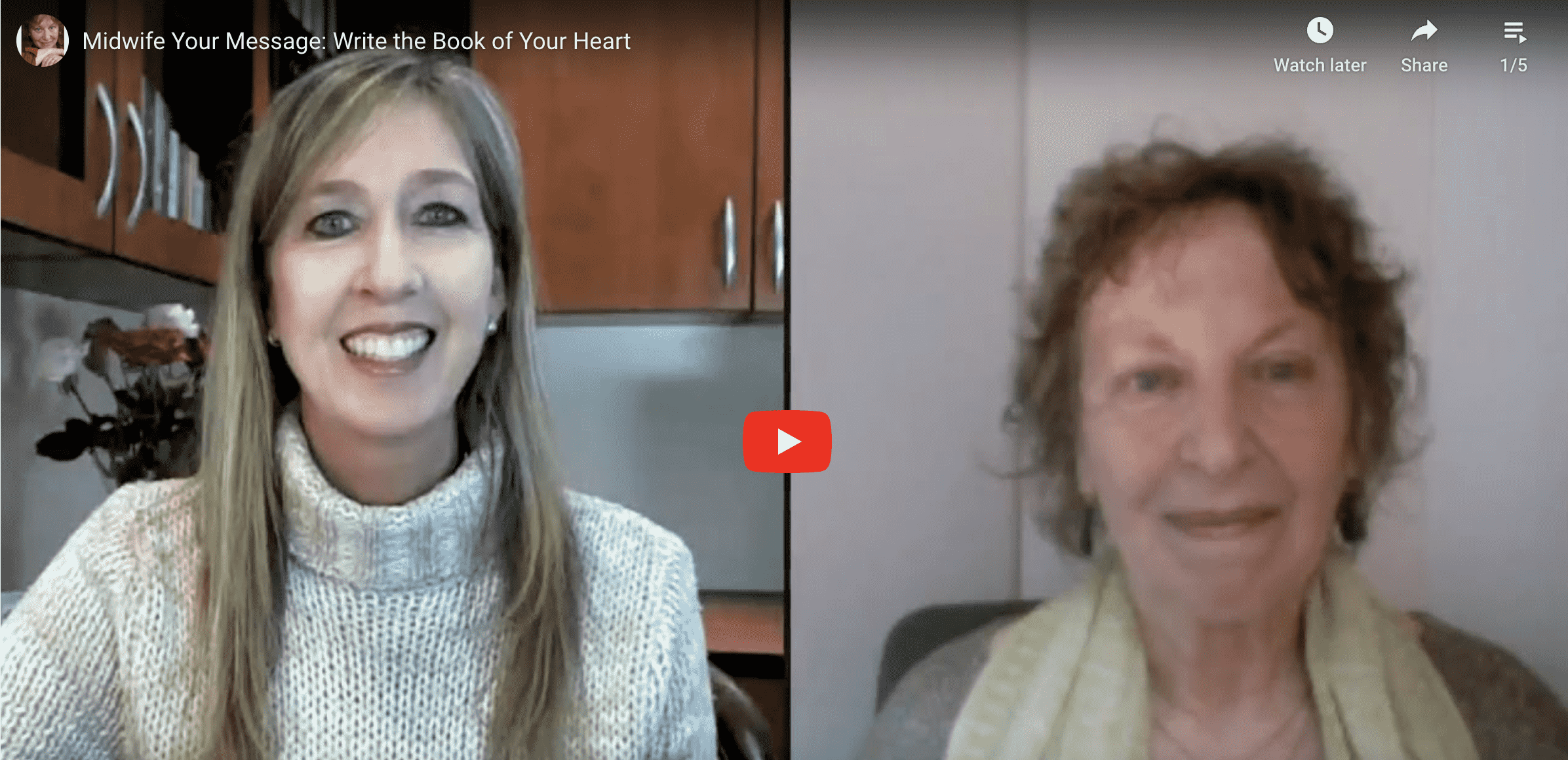Writing a book? Wanting to write a book?
Naomi Rose’s Writing from the Deeper Self blog on:
Are You a Top-Down or Bottom-Up Kind of Writer?
(Or Somewhere in Between?)
Naomi Rose, Book Coach/Book Developer & Creative Midwife
Encouraging your creative flowering
WRITING A BOOK FROM THE DEEPER SELF — A SOULFUL PROCESS
Knowing your own natural creative pathways lets you work with yourself instead of against yourself,
and write as yourself
Depending on whether you tend to move through life from your head (thinking) or your body (instincts), you will find it more natural to assign yourself topics and try to fill them in (the “top-down” approach)
— or to feel around for what’s there to write without necessarily requiring a cognitive structure (the “bottom-up” approach). You may see, here, a correlation with the “Linear Brain” (aka left brain) and the “Artistic Brain” (aka right brain) — and like them, the top-down head approach and the bottom-up instinctual approach are both a part of you.
People are constituted differently, however: and although it is said that we all have three centers — the head, the heart, and the instincts — it is a rare human being who is born with the ability to access all three with equal ease. So although eventually your book may require all these centers to be used and aligned for maximum engagement and enjoyment in the writing, you are likely to feel more comfortable starting from the center that you tend to operate from customarily.
Therefore, it may be useful for you to know your habitual center of gravity so that you can lead with that when writing your book. After all, if you were left-handed and living in a right-handed culture — and made to stop using your left hand and develop right-handedness instead— you would indeed become proficient with your right hand. But your natural way would still be left-handed; and, if then encouraged to use your left hand, you would no longer have to work twice as hard to accomplish things that your left hand would do easily.
LENS:
The Top-Downer’s Natural Habitat
If you tend to lead with your head, then you will feel more confident:
Giving yourself assignments.
Figuring out a structure.
Planning and plotting and mapping where you’re going with the writing and how you hope to get there.
Mocking up a table of contents early on.
Conceptualizing chapter contents.
Coming up with chapter titles and potential headings before the material is written.
Writing the introduction first (assuming the book needs an introduction).
Seeing what you want to say about the topics you have chosen, and starting to write these ideas down.
Setting up categories that can be applied with some consistency (consistency is a feature of good editing, by the way).
As you can see, the “top-down” approach tends to be one of ideas and concepts and maps. It is the mind’s view of how things could, perhaps should, go.
This approach, if it comes easily to you, will make you a wonderful navigator — from a distance. You will find it easy to write broadly, abstractly, conceptually. Like a mountain climber seeing the “big picture” from the heights, you may find yourself wanting to just bring the reader into the big picture with you — and feeling frustrated when your ideas, statements, declarations, exercises, and so on aren’t fully enough to do that.
Why not?
Ah: because you need all of you in writing a book from the deeper Self. Your writing not only need to be conceptualized; it also needs to be “embodied.”
LENS:
The Bottom-Upper’s Natural Habitat
If you tend to lead with your instincts, then you will feel more confident:
Writing details that are concrete and specific (e.g., describing what things look like, the sound of a character’s voice, dialogue that gives the flavor of the people talking, etc.).
Tuning into your own bodily experience and letting it inform what you write. For example, instead of giving a top-down geographical report about a landscape, you would be more prone to let that landscape into your bodily awareness and then write from what you are experiencing: not “The caverns were formed over millions of years, the result of wind, rain, and erosion,” but “The cave opened into darkness at first, a strangely inviting darkness, as if without the advantage of regular sight other receptors suddenly appeared, making eyes of my stretched-out hands.”
Not necessarily knowing, or even feeling you must know, what you will write after the section you’re writing now. On some level, enjoying “feeling into” what is there, and describing what you encounter.
Using metaphor — rather than prescriptive, declarative statements (such as this one) — to describe what you encounter in your inner experience, in an effort to bring the reader into that same (often ineffable) experience (note the similarity to the Artistic Brain).
Writing pieces as they come to you, sometimes seemingly disconnected. Or you may sense (or hope for) a larger pattern to reveal itself, but not be aware right away of what this is or exactly how it will come together.
As you can see, the “bottom-up” approach tends to be one of feeling things out, of being with what’s in front of you. It’s the body’s direct, experiential sense of things, as they show up in the moment.
This approach, if it comes easily to you, will make you a wonderful evocateur. You will be able to enter fully into your experience, and bring your readers along with you, because you are writing from within the experience. You will be able to tolerate, perhaps even enjoy, the process of unfoldment, letting your writing open up and lead you where it leads. This is something like driving a car in the fog, seeing only the bit of road that the headlights reveal at a time. However, you may sometimes feel lost, actually get lost, and despair that you don’t know where you will come out in the end.
So what does this all point to? That the place of your comfort zone is a wonderful place to start, and keep going. But it also helps to bring in the less-used aspect — the “bottom-up” approach, if you lead with your head — or the larger-picture, conceptual perspective of the “top-down” approach. However, as a “bottom-upper,” you probably would not want to begin with ideas, plans, and structures (even though you might think you “should,” since that’s mostly how it was done in school). You might want to allow yourself the stretch and scope of exploring in your close-up way, and then bring in the clarity of the head.
LENS:
Integrating the Top-Down Approach into the Bottom-Up Approach
If you are a “bottom-upper” and want to integrate the “top-down” approach into your writing process, you might:
First write something that’s meaningful and beautiful to you — perhaps several somethings — and then ask yourself, “How do these fit together?”
Give headings (especially for nonfiction) to sections you have already written so that you realize what you have said. This may lead you to know what could be written (and given a heading) in the next section. (For example, if you name a written section “Integrating the Top- Down Approach into the Bottom-Up Approach,” this suggests the possibility of a following section called “Integrating the Bottom-Up Approach into the Top-Down Approach.”) Headings are a good navigation device for the writer as well as the reader.
Write a draft of the Introduction once you know what the book is about. This will help you clarify where you may be going. (You can always revise the Intro later, once you know what you have actually written.)
Ask yourself, as you look at the pieces, “What do I have, here?” and see how the pieces might come together.
Even make lists, charts, and tables of what you have and what you need. And so on.
And if the “top-down” approach is your customary way, you can welcome the non-sequential, nonlinearly organized approach of the “bottom-up” into your writing experience. Here are some of the ways.
LENS:
Integrating the Bottom-Up Approach into the Top-Down Approach
Allow yourself to write the piece or section or chapter that calls to you right now, even if it’s out of sequence. Trust that an organic order will eventually unfold.
Let your body be a participant in the writing. Instead of describing something from the outside, as if you were a detached expert, allow yourself to enter into the experience so vividly that you can see it in your mind’s eye ~ feel it in your body — hear it, smell it — and so on.
Call on your imagination rather than your sense of logic, and see what it brings you. Enjoy the gifts.
Be present with the process of the writing, rather than looking up the road towards the destination. Trust that you’ll be led where the book needs for you to go, and that somehow — even if you can’t quite see how from here — this will be a good thing for you as well as the book.
Whether you lead with your head or your instincts, from the top down or from the bottom up, in either case the news is good: you can come to know your natural inner habitat, celebrate and settle into it — and also expand to include other aspects of your being that may be new to your conscious awareness, but are still an inherent part of you.
Wherever you start from is the right place. You have only wonderful things to discover and cultivate, ways that will reveal and support your own creative flowering as well as your actual writing.
_________________
This is an excerpt from my book, Starting Your Book: A Guide to Navigating the Blank Page by Attending to What’s Inside You. All rights reserved. For more about the book and how it can support your writing, click here.
INSPIRED TO WRITE YOUR BOOK?
BUT DON’T WANT TO DO IT ALL ALONE?
NAOMI ROSE, BOOK COACH / BOOK DEVELOPER & CREATIVE MIDWIFE, WELCOMES YOUR INQUIRIES AND OFFERS A GIFT SESSION
I help people who value the inner life write the book of their heart.
Together, we listen out what's there wanting to be written. And we discover your natural ways of creating, so you can be even more of yourself) in the process.
Because you are essential to the writing of your book.
And only you can do it.
As the creator of the "Writing from the Deeper Self" process, with over 30 years in the publications field, I have worked with many wonderful authors (often, first-time authors) whose books are now in print. I also provide help with self-publishing.
If you’ve been considering writing the book of your heart and would love some support from me, I’d be happy to gift you a session to explore.
Simply book the session using the button below:
Naomi Rose
Book Developer & Creative Midwife
(510) 465-3935 Pacific Time
naomirosedeepwrite@yahoo.com
www.naomirose.net
The book of your heart awaits you
If you have any comments or reflections after reading this blog, I’d love to hear them. To let me know, click here.
TO RETURN TO THE MAIN BLOG PAGE, CLICK HERE.



